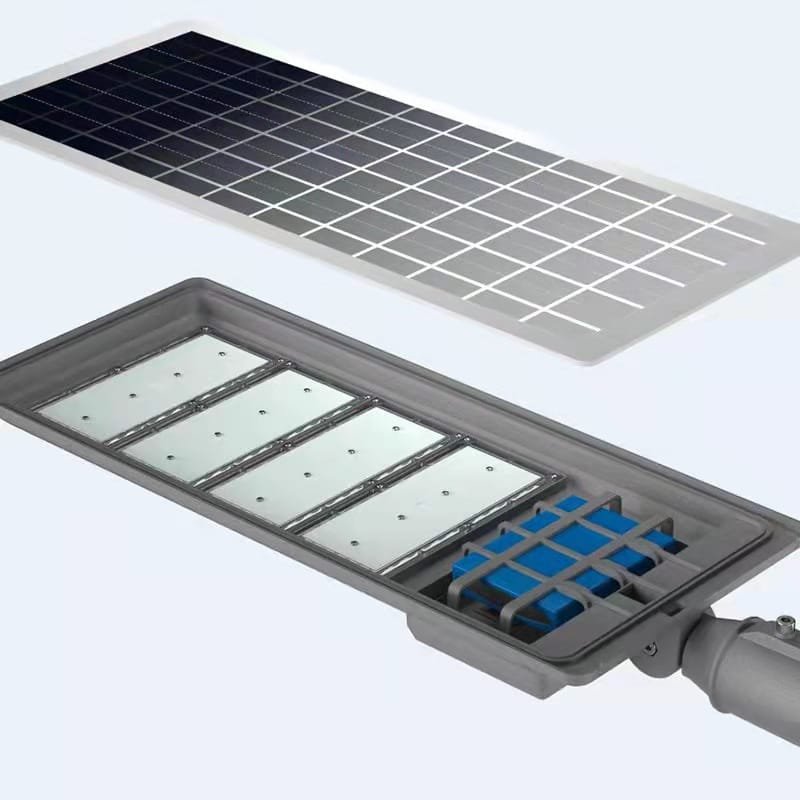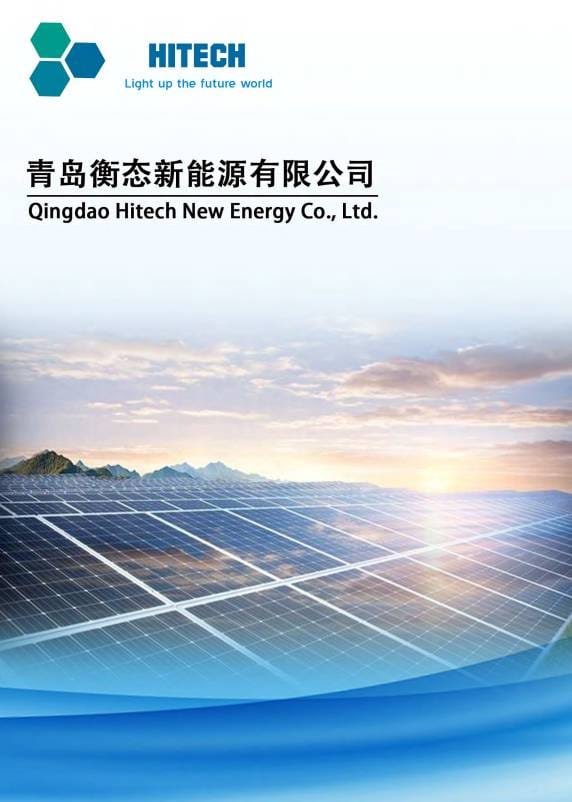Many solar lighting systems underperform—not because of poor components, but due to flawed planning, sizing, or installation.
A well-designed solar street lighting system combines the right technology, local conditions analysis, and long-term maintenance planning.
As an engineer with years of experience delivering solar pole systems for municipalities, I’ve seen that “best practices” often mean the difference between a 3-year problem and a 10-year success.
Why Use Solar Light Poles for Street Lighting?
Traditional streetlights rely on grid power and trenching infrastructure. That adds cost, complexity, and limits flexibility.
Solar light poles offer an off-grid, scalable, and low-maintenance solution—ideal for remote roads, rural communities, and growing cities.
Key advantages include:
- No trenching or wiring
- Energy independence during outages
- Faster deployment timelines
- Suitable for developing infrastructure
How Solar Light Poles Work: Key Components and Operation
Key Components
- Solar Panel – collects energy during the day
- Battery – stores energy for nighttime use
- LED Light – efficient illumination
- Controller – regulates power flow and dimming
- Pole – structural support
Operating Cycle
- Day: PV charges the battery
- Night: Battery powers the LED
- Autonomy: Number of nights the system can run without sun (typically 3–5 nights)
Types of Solar Street Lighting Systems
Stand-Alone (Off-Grid) Systems
Widely used in:
- Rural roads
- Remote or disaster-prone zones
System types:
| Type | Description |
|---|---|
| All-in-One | Integrated panel, battery, LED, and controller in one unit |
| Split-Type | Components mounted separately (more scalable) |
Grid-Tied Systems
Used where the grid is available but solar savings are desired.
Benefits:
- Uses solar power first, grid as backup
- Lower battery and panel size
- Ideal for peak load shifting in cities
Designing Solar Light Poles for Optimal Performance

Location-Based Design Considerations
Before sizing a system, gather:
- Average daily solar irradiance (use NSRDB, NREL, or Meteonorm)
- Seasonal sunlight fluctuations
- Shading analysis (trees, buildings, terrain)
- Equator proximity (affects battery + panel size)
Selecting the Right Pole Height and Wattage
| Area Type | Pole Height | LED Wattage | Coverage Radius (≥20 lux) |
|---|---|---|---|
| Garden Pathway | 3–4 m | 10–20 W | 6–8 m |
| Residential Street | 5–6 m | 30–50 W | 10–12 m |
| Parking Lot | 6–8 m | 40–80 W | 15–20 m |
| Main Road / Highway | 9–12 m | 60–120 W | 20–30 m |
Battery Sizing and Autonomy Guidelines
| Load Type | LED Range | Battery Size (kWh) | Target Autonomy |
|---|---|---|---|
| Low | 10–20 W | 0.3–0.6 | 3 nights |
| Medium | 30–50 W | 0.8–1.5 | 3–4 nights |
| High | 60–100 W | 2.0–4.0 | 4–5 nights |
Battery management practices:
- Use lithium iron phosphate (LiFePO₄)
- Implement night dimming logic (e.g., 100% → 70% → 30%)
- Set anti-overdischarge cutoff thresholds
Compliance, Safety, and Regulatory Guidelines
Common standards:
- IEC 60598 – Lighting performance
- ISO 9001 – Quality management
- IEEE 1547 – Battery integration
- Local city codes – Pole and brightness rules
Tips to stay compliant:
- Use predictive energy models
- Validate nighttime lux level by simulation
- Add fail-safes (overcharge/discharge protection)
- Protect wiring and battery from tampering
Adaptive and Smart Solar Lighting Strategies
Adaptive lighting helps save battery and reduce light pollution.

Common features:
- Motion sensors for dynamic brightness
- Dimming profiles (e.g., 100% from 7–10 pm, 30% after midnight)
- Scheduled controller settings (IoT-enabled)
- Remote diagnostics and monitoring apps
Used effectively in:
- Residential streets with intermittent traffic
- Pedestrian paths
- Sites where energy conservation is key
Common Challenges in Solar Light Pole Installations
Major Issues to Watch:
-
Sunlight variability
- Oversize panels by 20–30% in cloudy regions
- Design for the worst-case month (not the annual average)
-
Battery failures
- Avoid lead-acid or generic gel batteries
- Ensure BMS is built-in
-
Unrealistic supplier claims
- Verify specs: panel size, battery size, load consumption
- Ask for data sheets, not marketing flyers
-
Overdesign or underdesign
- Don’t overspend for garden use
- Don’t undersize for municipal highways
Best Practices for Municipal and Commercial Projects

Project Workflow Recommendations:
- Hire qualified solar engineers or consultants
- Run system simulations based on sun data and lux targets
- Field test 1–2 poles before full rollout
- Include maintenance plans in tender scope
Partnering with Reliable Suppliers:
| Criteria | Recommendation |
|---|---|
| Certifications | ISO 9001, CE, IEC |
| Factory capabilities | In-house production, galvanizing line |
| Communication | Clear drawings, BOMs, and load data |
| Previous projects | Request photos, references, videos |
Maintenance Schedule
| Task | Frequency | Notes |
|---|---|---|
| Solar panel cleaning | Every 3–6 months | Especially important in dusty areas |
| Battery health check | Every 6 months | Measure voltage and status |
| Firmware updates | Annually | For smart controllers |
| Pole condition check | Annually | Look for rust, wear, or loose bolts |
FAQs: Solar Light Poles in Street Lighting Systems
How do I determine the correct pole size?
Base it on coverage area, LED beam angle, and required height-to-spacing ratio.
What is the typical battery lifespan?
Lithium batteries last 5–7 years. Gel batteries last 2–3 years with regular use.
Can solar lights work in rainy seasons?
Yes, if system has enough autonomy (≥3 days) and properly sized panels.
Are grid-tied systems cheaper than off-grid?
Yes—for areas with stable grid, grid-tied can save on battery and panel costs.
How long do solar streetlights operate at full brightness?
Typically from sunset to 10 pm; dimming logic applies after peak hours.
Conclusion
A solar street lighting system is only as strong as its design. Choose the right specs based on your environment, not just the lowest price. If you follow these best practices, your system will deliver stable, efficient lighting with low maintenance for many years.


